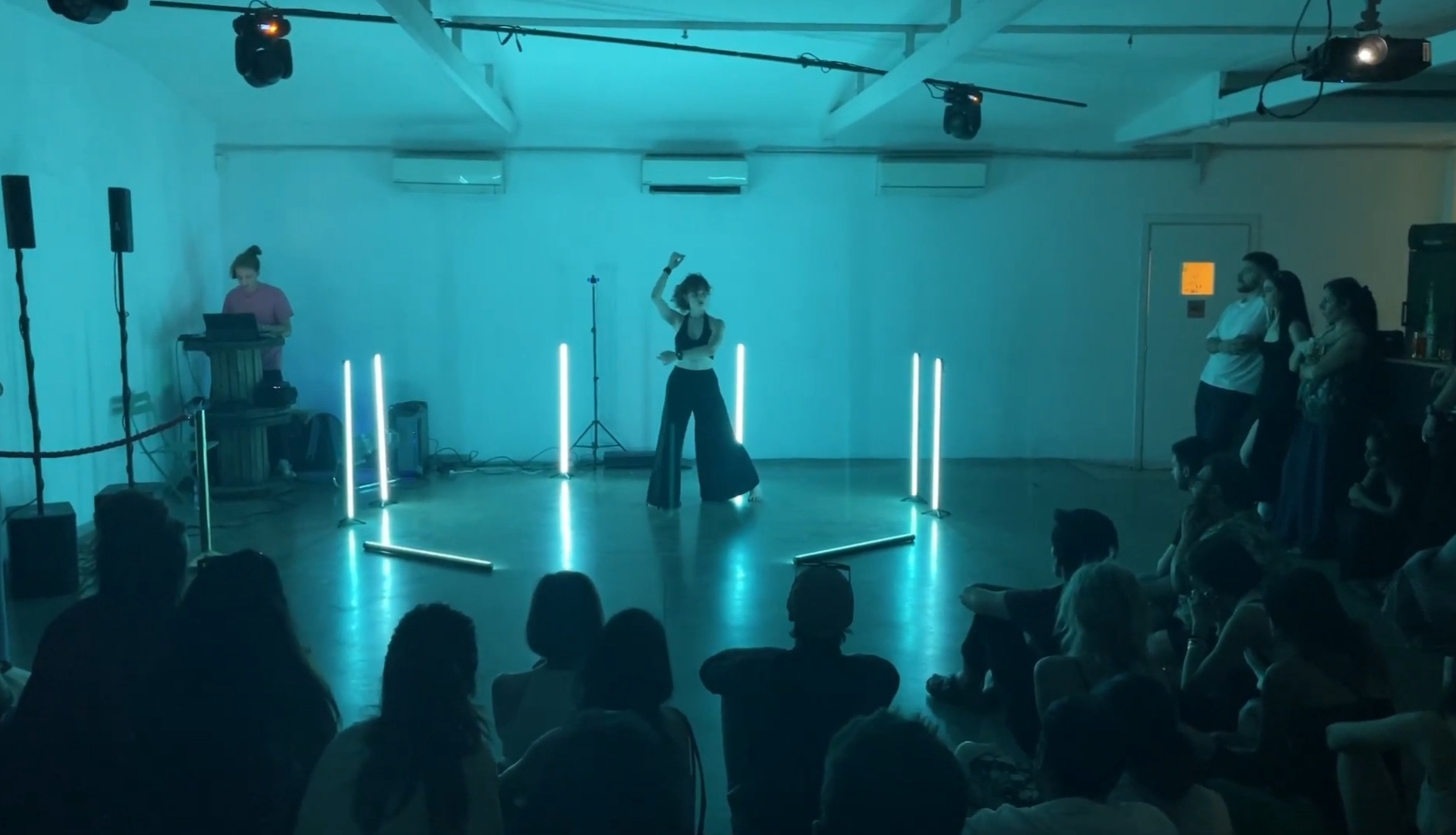#SONIFICATION
Experimenting with sound as a medium for conveying emotion and innovative sensory experiences

Sonification has increasingly gained recognition and interest within the art world. This art trend refers to the use of sound as a medium for artistic expression, often involving the conversion of non-auditory data into sound. Artists may employ sonification techniques to create immersive and interactive experiences that engage the audience’s senses in groundbreaking ways. Here are a few examples of how sonification is used in art:
Interactive Installations: Sonification can be integrated into interactive installations where participants’ movements or interactions with physical objects generate sounds in real-time. These installations often blur the boundaries between art and technology, inviting viewers to actively engage with the artwork and explore the sonic environment it creates.
Performance Art: Some artists incorporate sonification into live performances, using sensors, controllers, or software to translate gestures, movements, or physiological signals into sound. These performances may involve improvisation or choreographed sequences that explore the relationships between sound, body, and space.
Data Art: Artists use sonification to transform various types of data, such as weather patterns, stock market fluctuations, or social media activity, into sound compositions. These artworks can provide alternative perspectives on complex datasets and encourage reflection on the underlying information.
Sound Sculptures: Artists create sculptural objects or installations that produce sound either through mechanical means or electronic components. These sound sculptures can range from kinetic sculptures activated by wind or water to electronic circuits generating audio feedback, inviting viewers to interact with the artwork and explore its sonic qualities.
Synesthetic Experiences: Sonification can be used to evoke synesthetic experiences by representing visual, tactile, or olfactory sensations through sound. Artists may explore the cross-modal relationships between different sensory modalities, creating immersive environments where viewers can perceive the world in new and unexpected ways.
Overall, sonification serves as a versatile tool within the art world, enabling artists to communicate, interpret, and interrogate diverse subjects through the medium of sound. Whether used for aesthetic exploration, scientific inquiry, or social critique, sonification offers artists a rich palette for expression and experimentation.
At this year’s conference to be held on May 17, 2024, Italian performer, choreographer, researcher and actress Cora Gasparotti will give a presentation about “Sonified Proprioception Technique – S.P.T.” which fundamental objective is to allow the dancer and the teacher to be able to exploit the proprioceptive effect of sonification in order not to have to refer to the mirror for the correction of movement qualities, creating a constant immersive and interactive environment through sound.
This is just a sample of the high-level speakers selected for this year’s conference. Discover new are trends on Sonification, Data Art, Generative Art , Bio Art and performance at Technarte 2024.